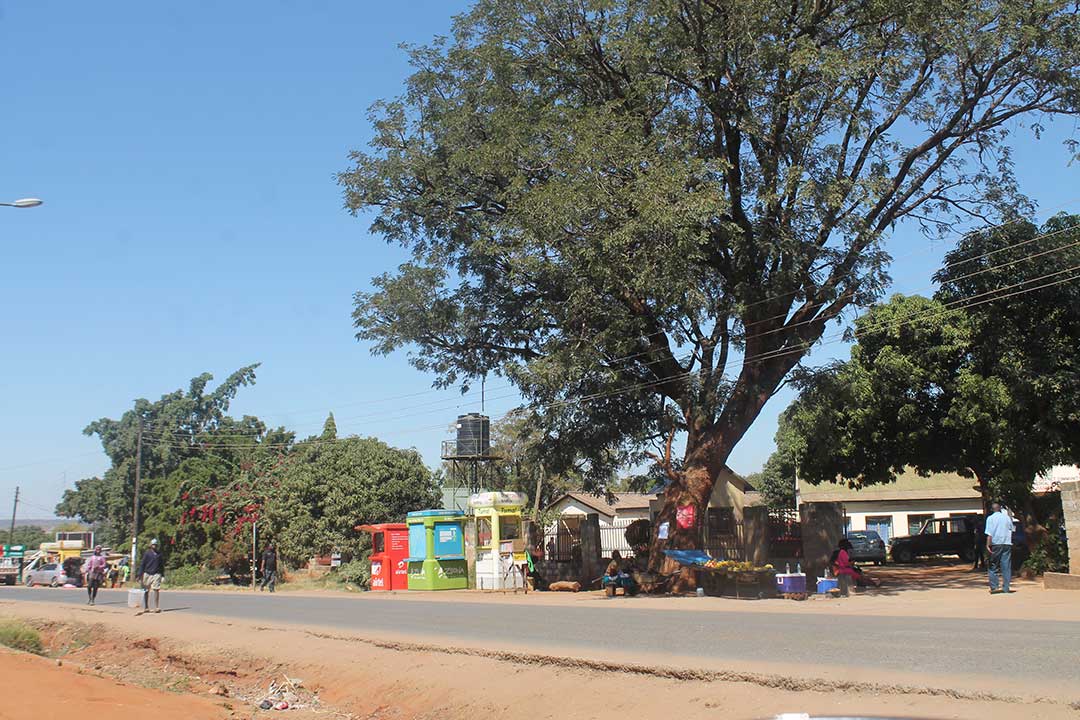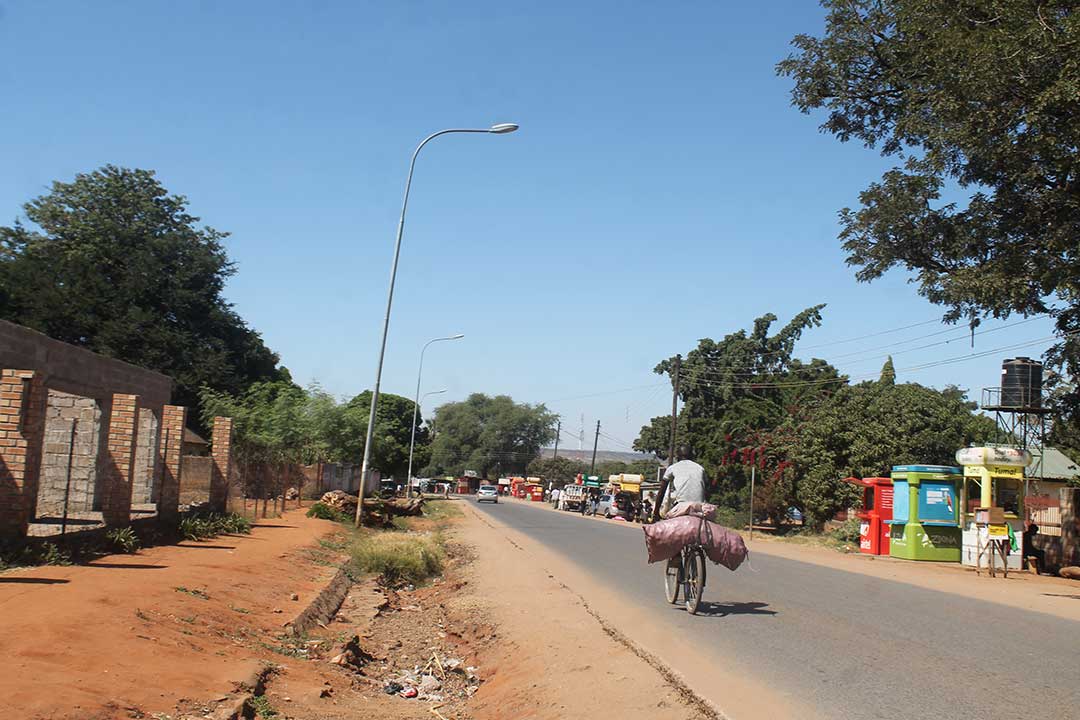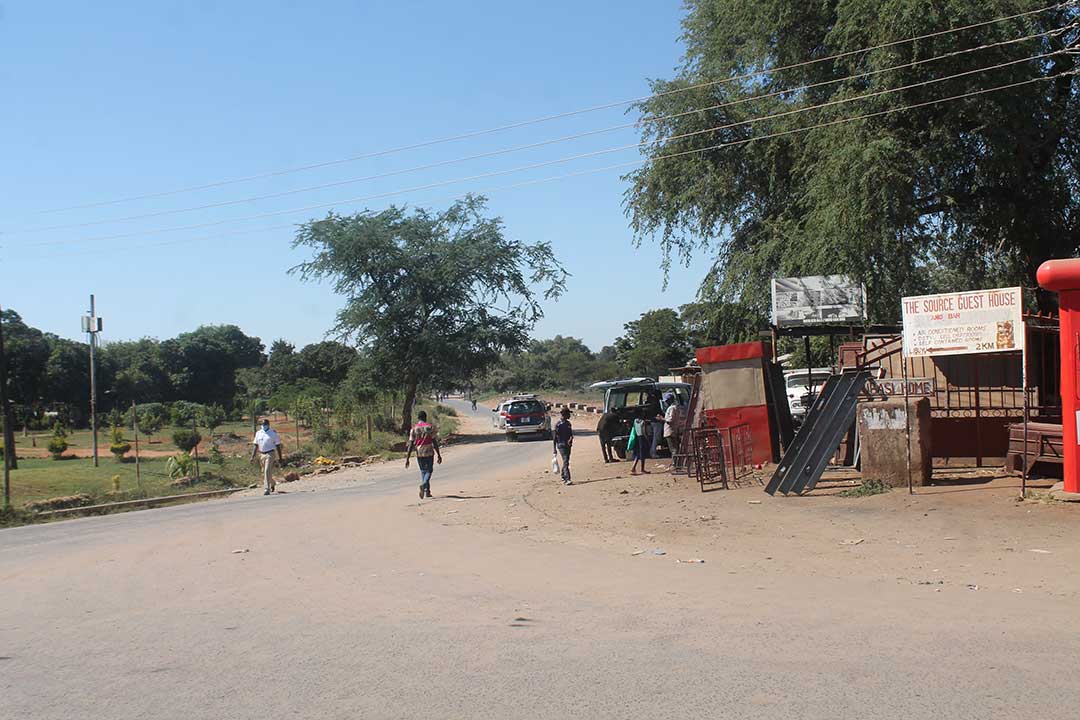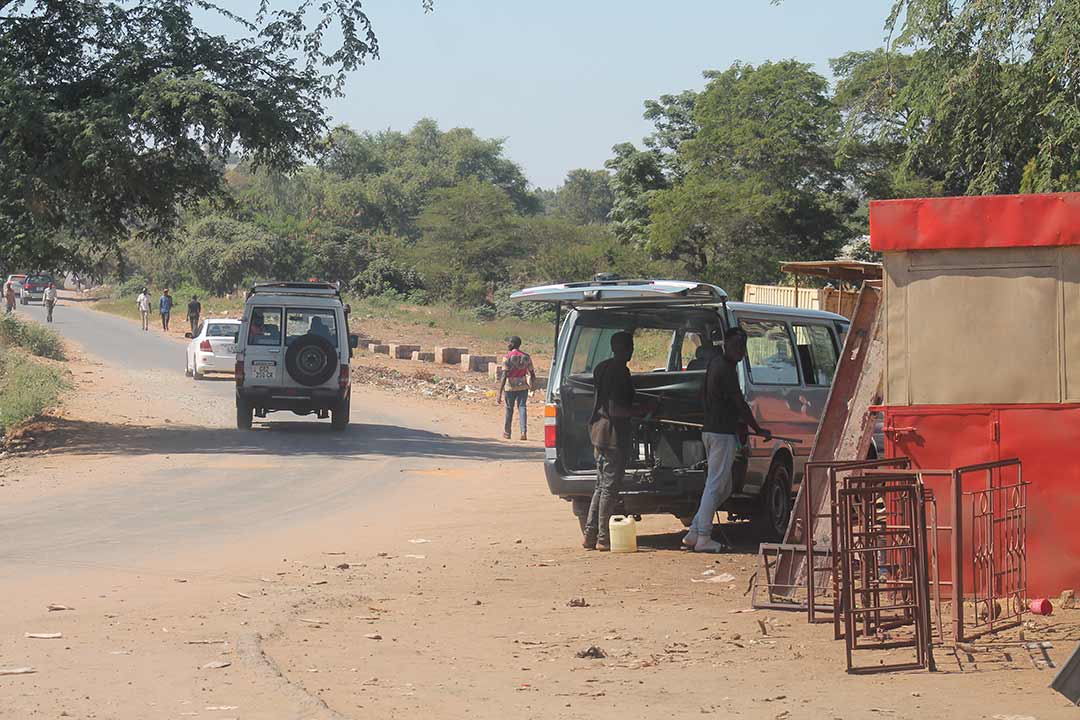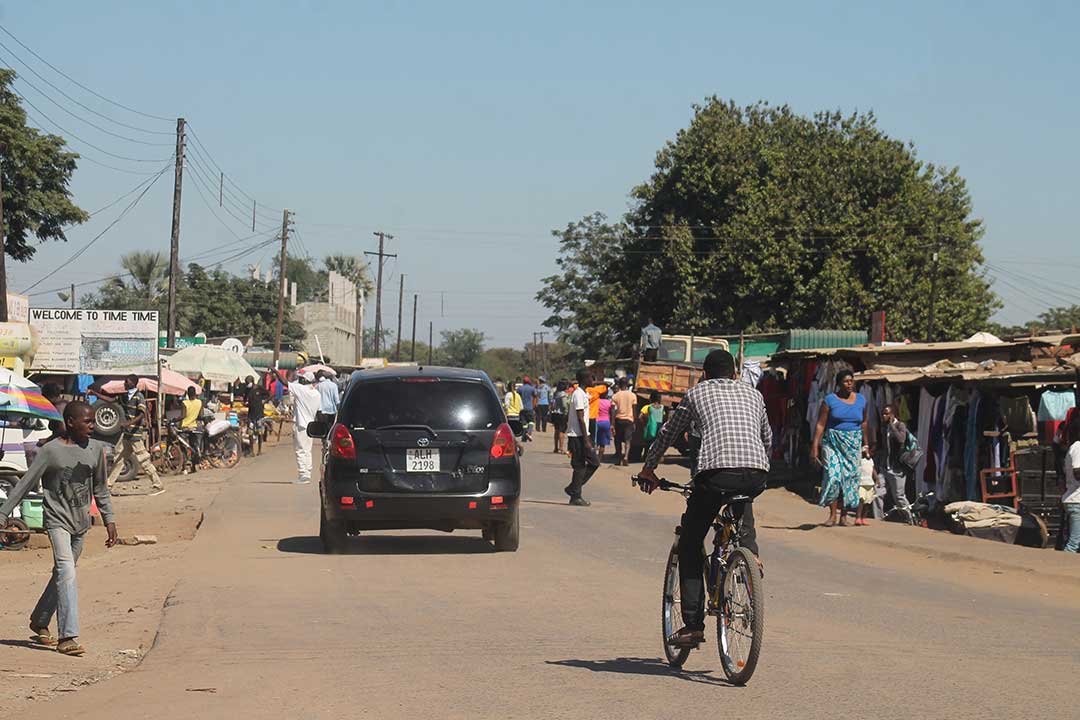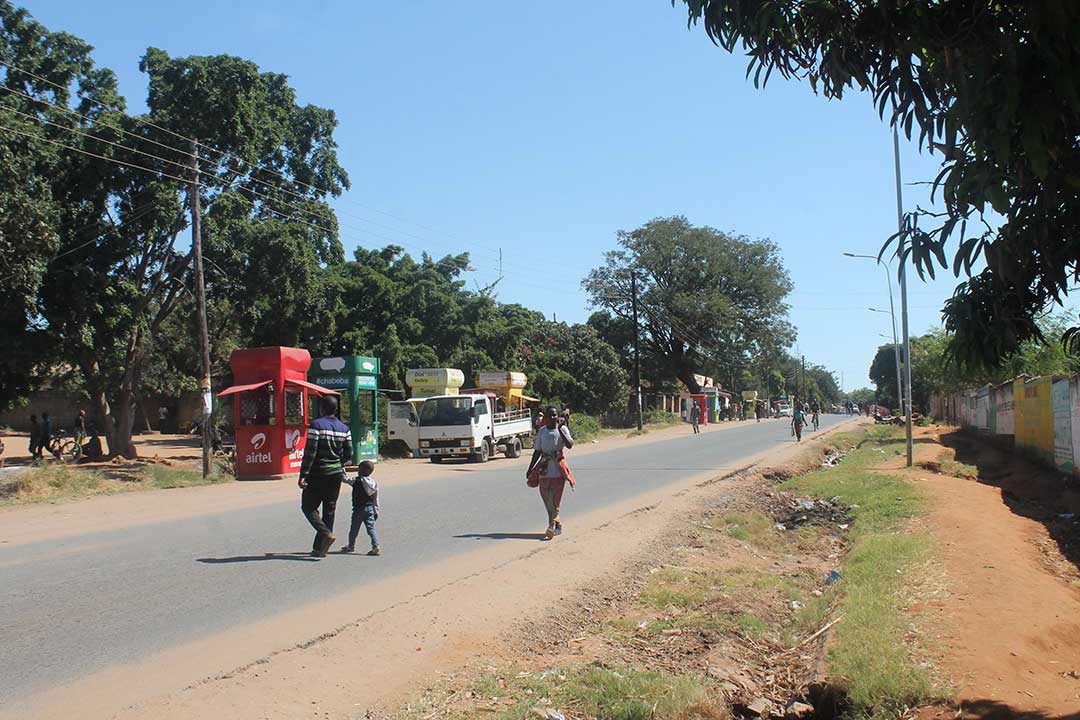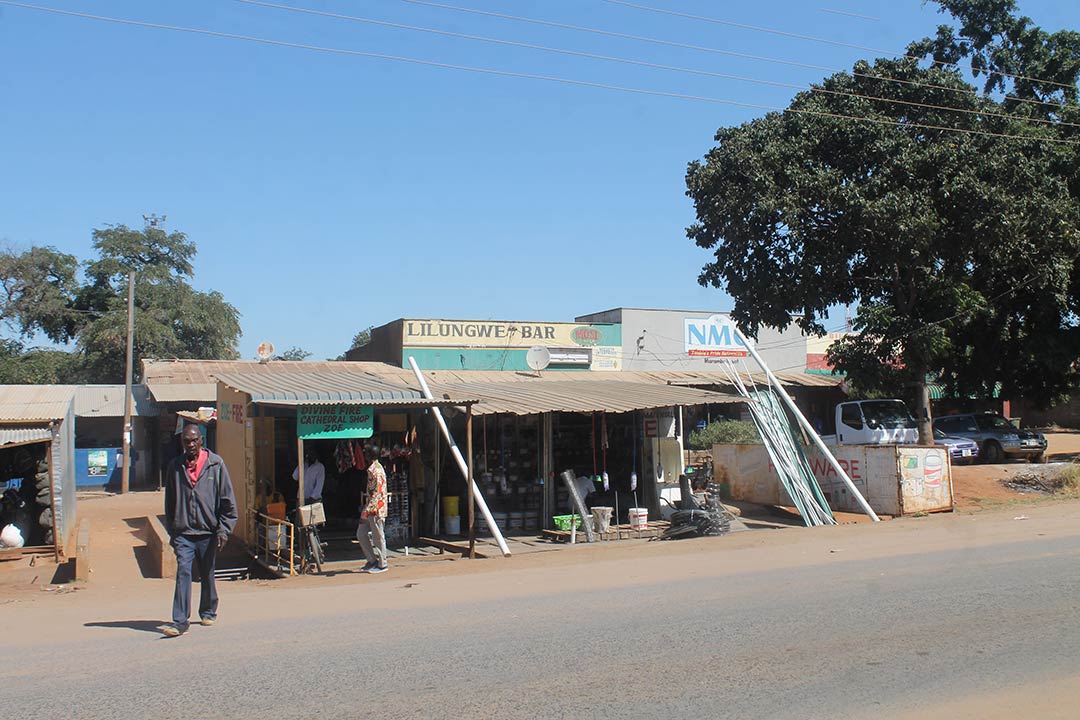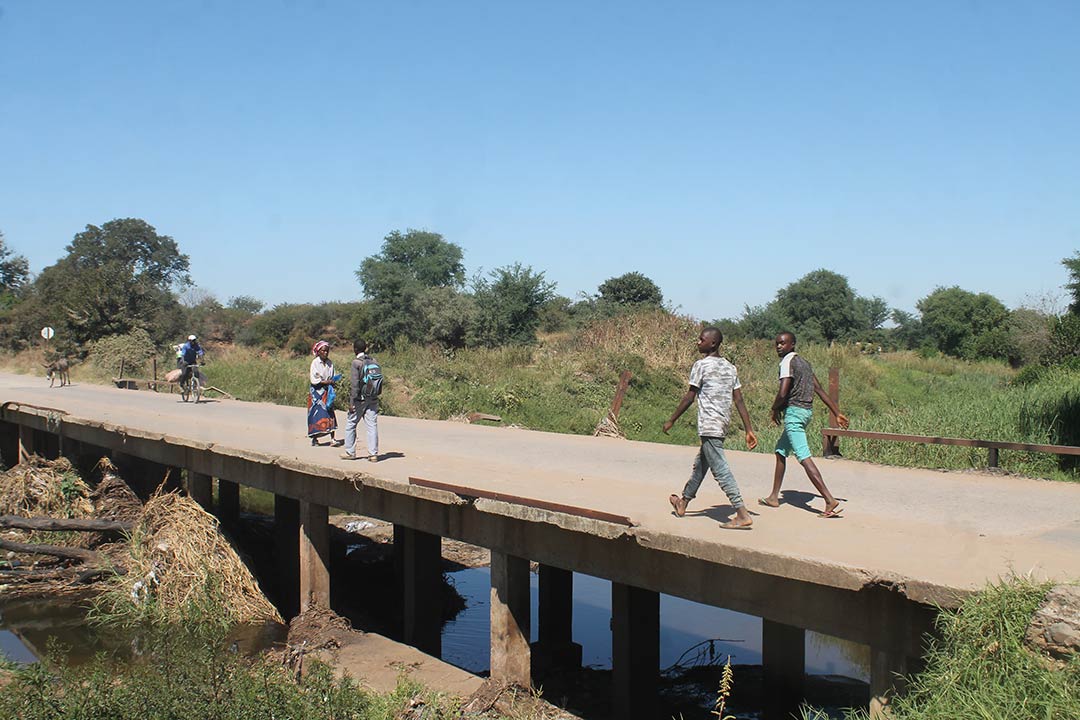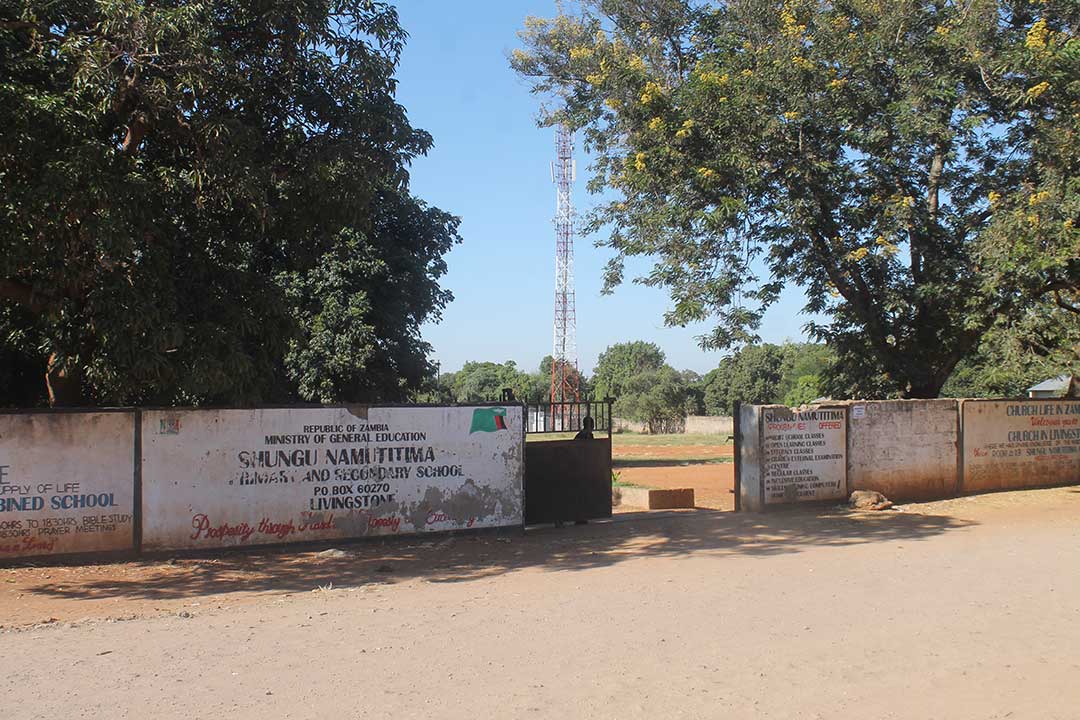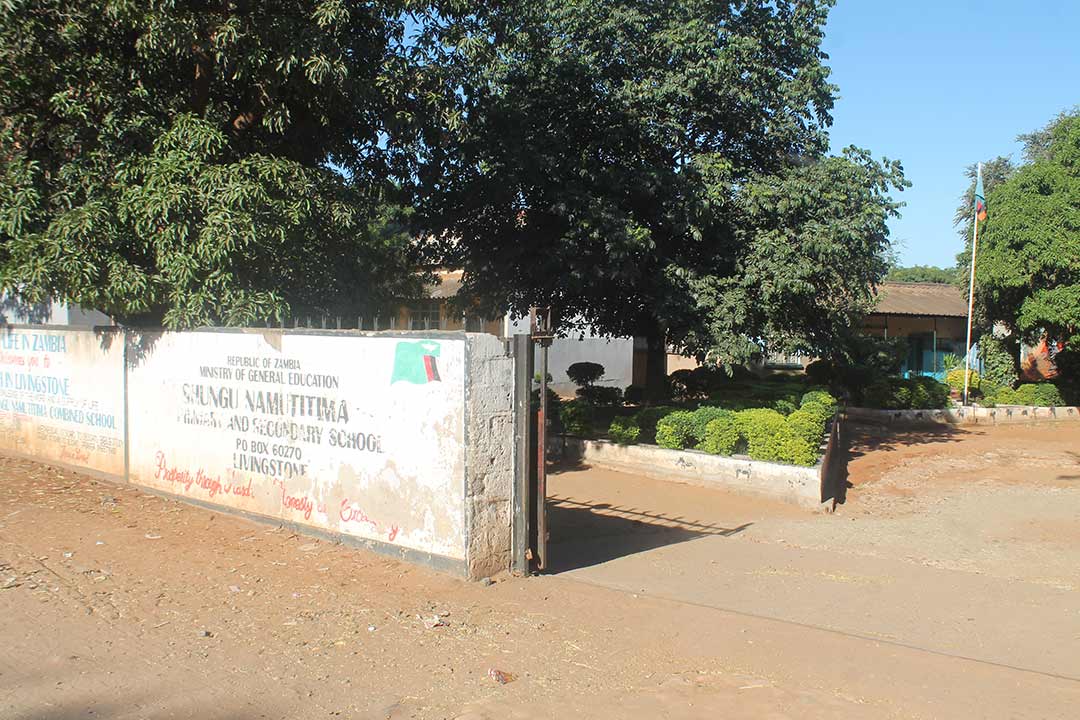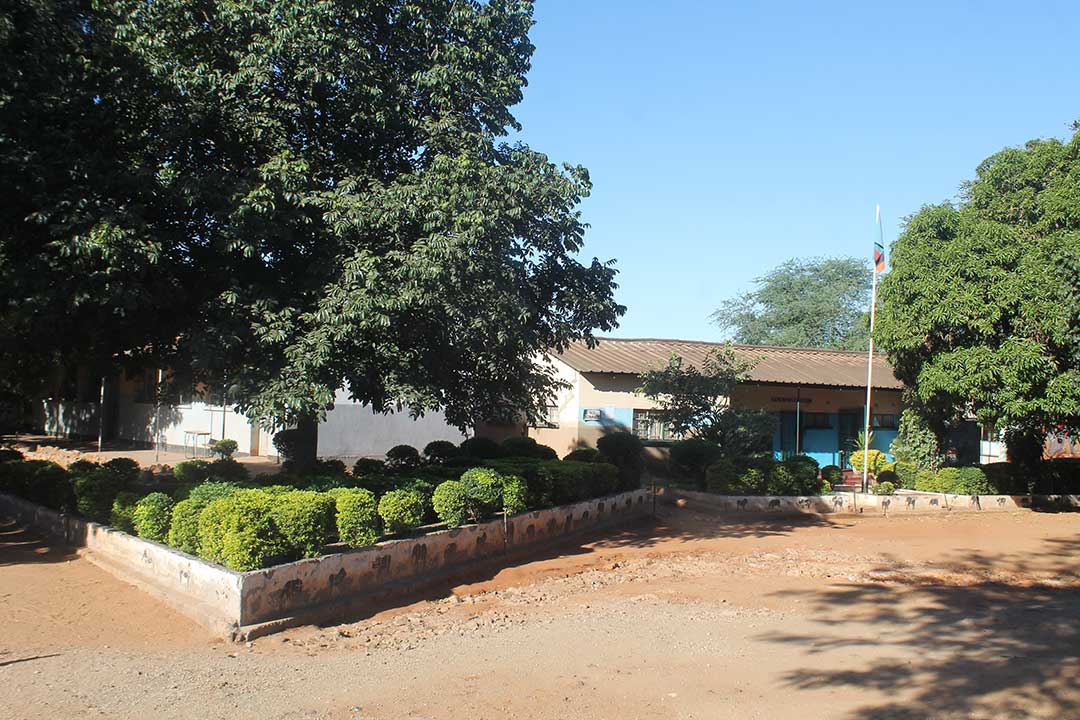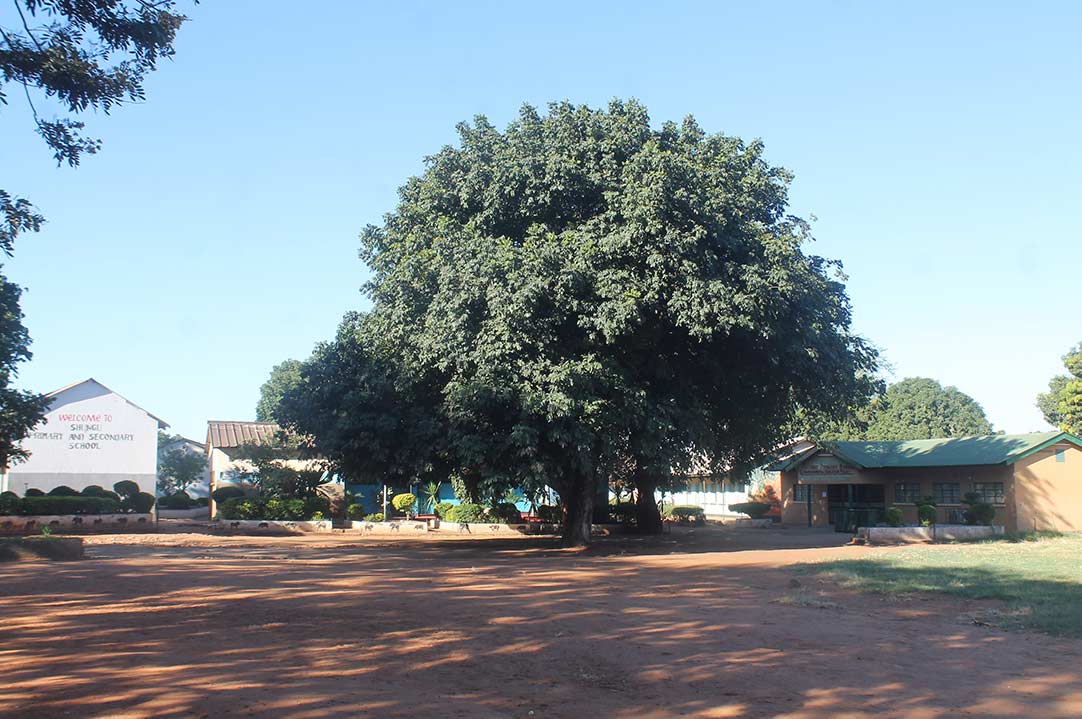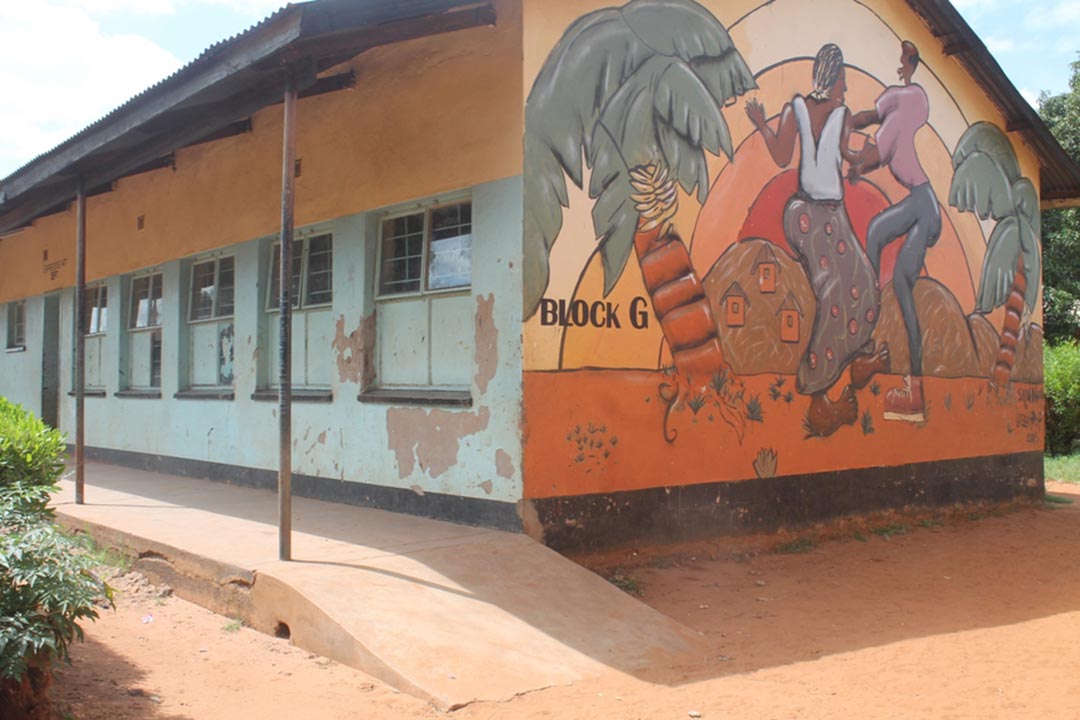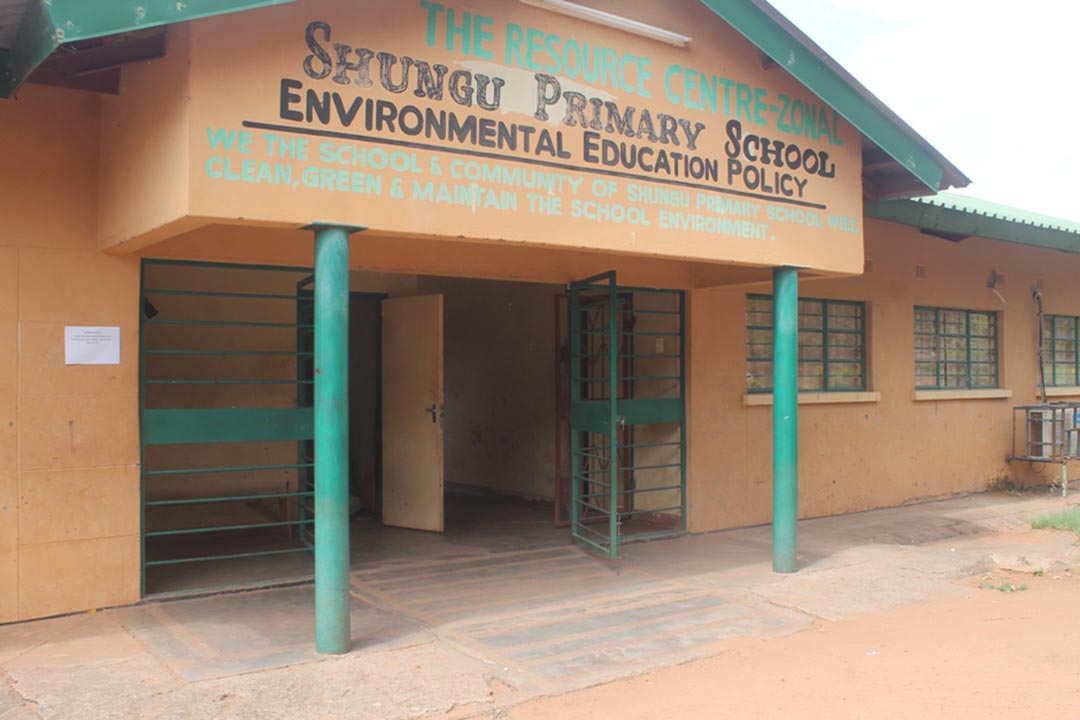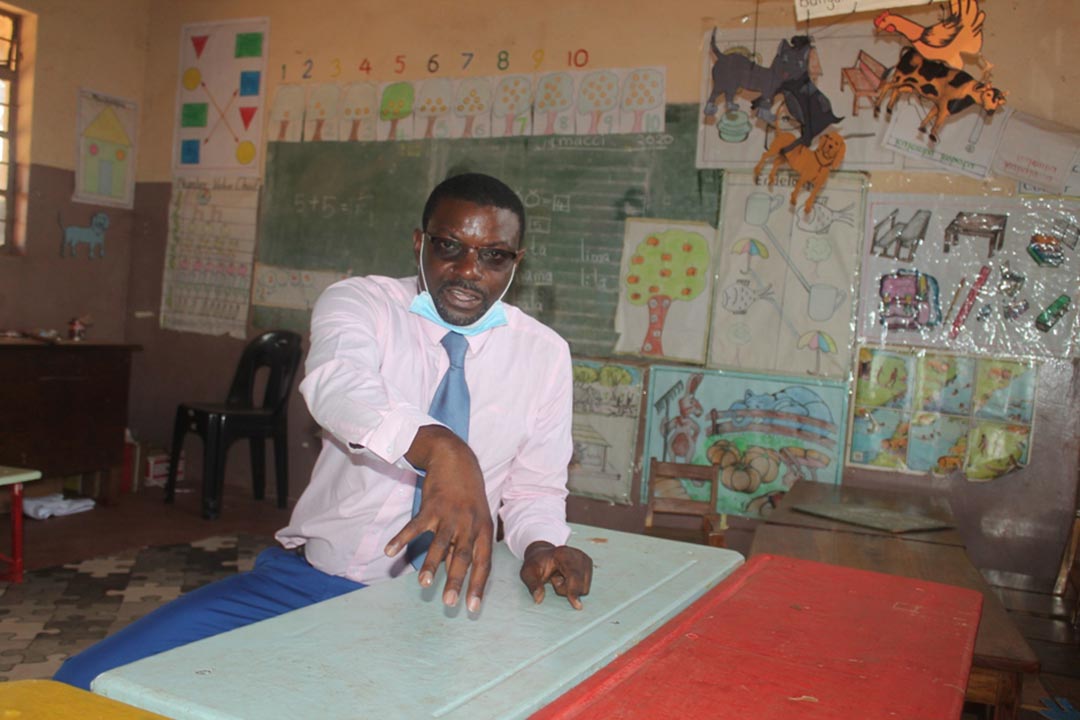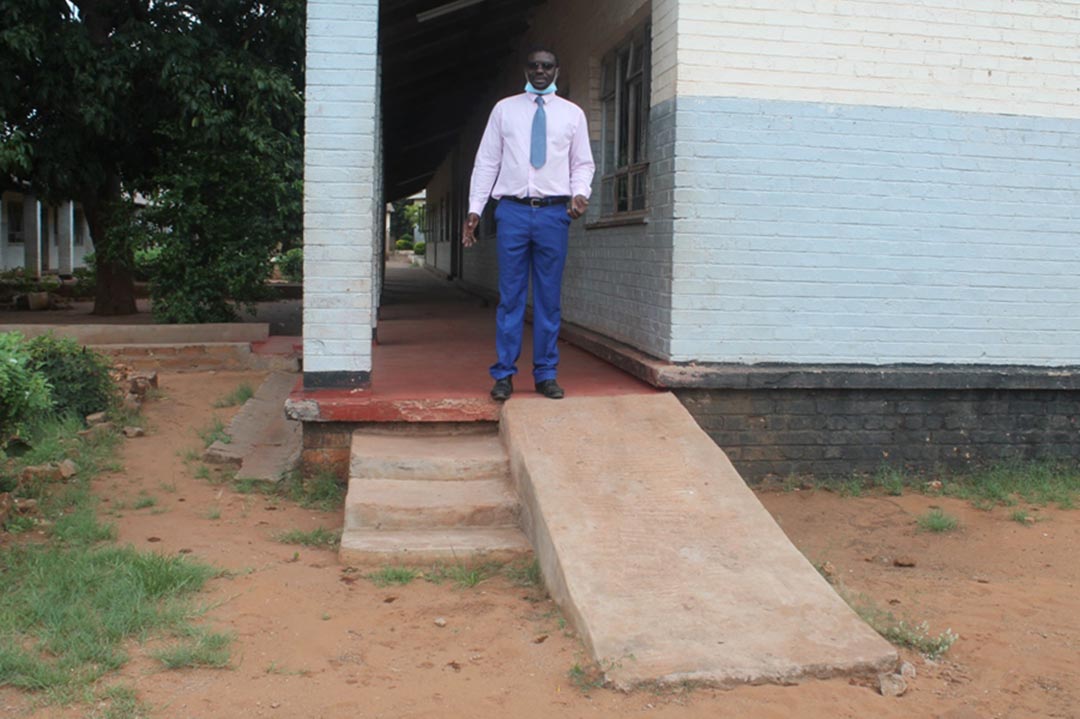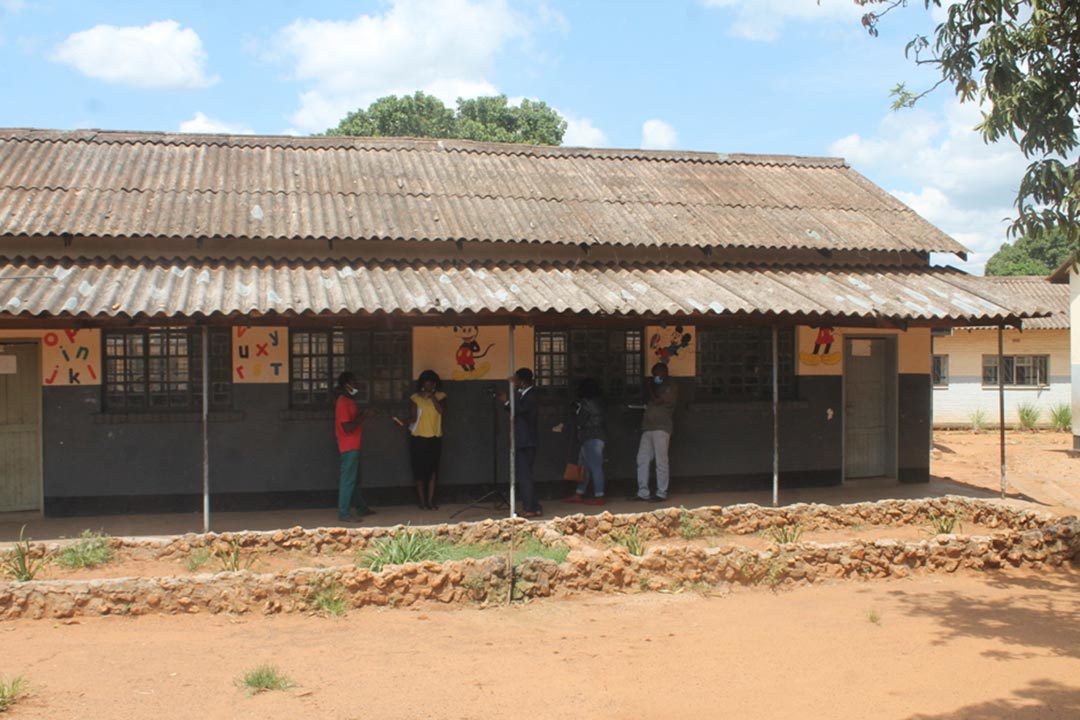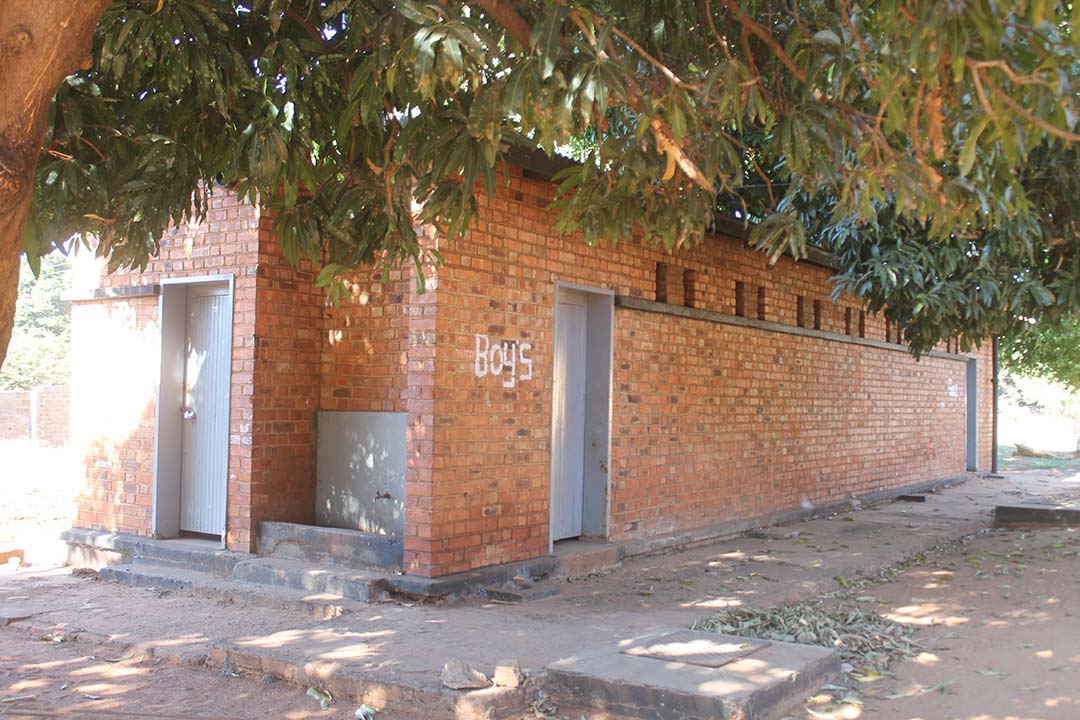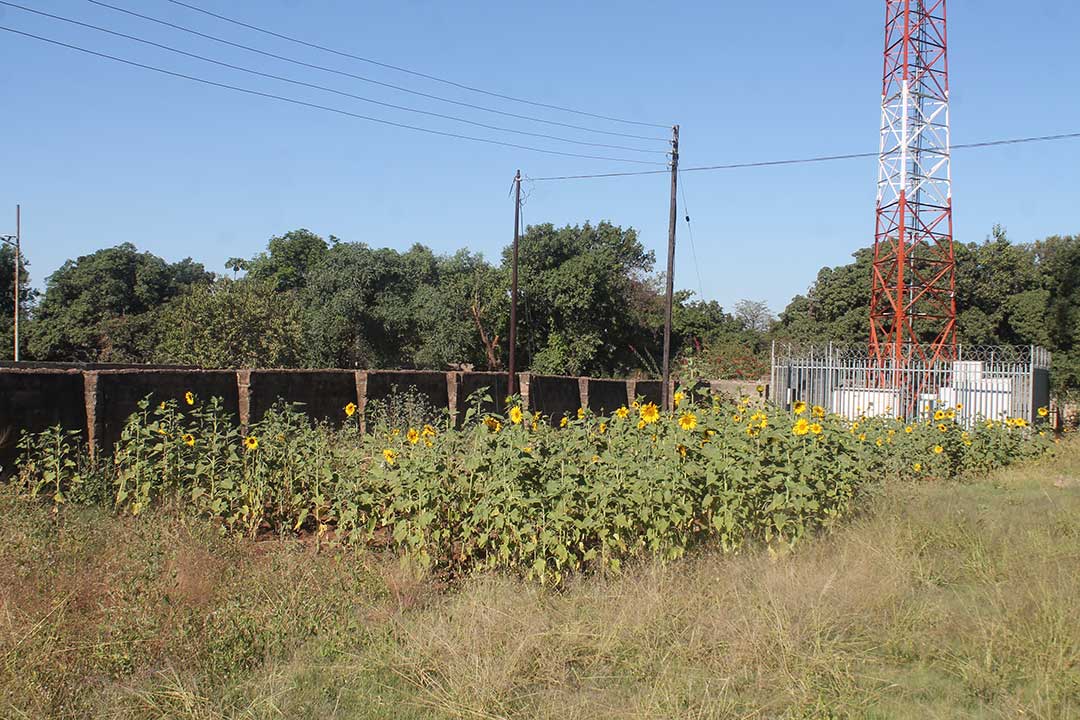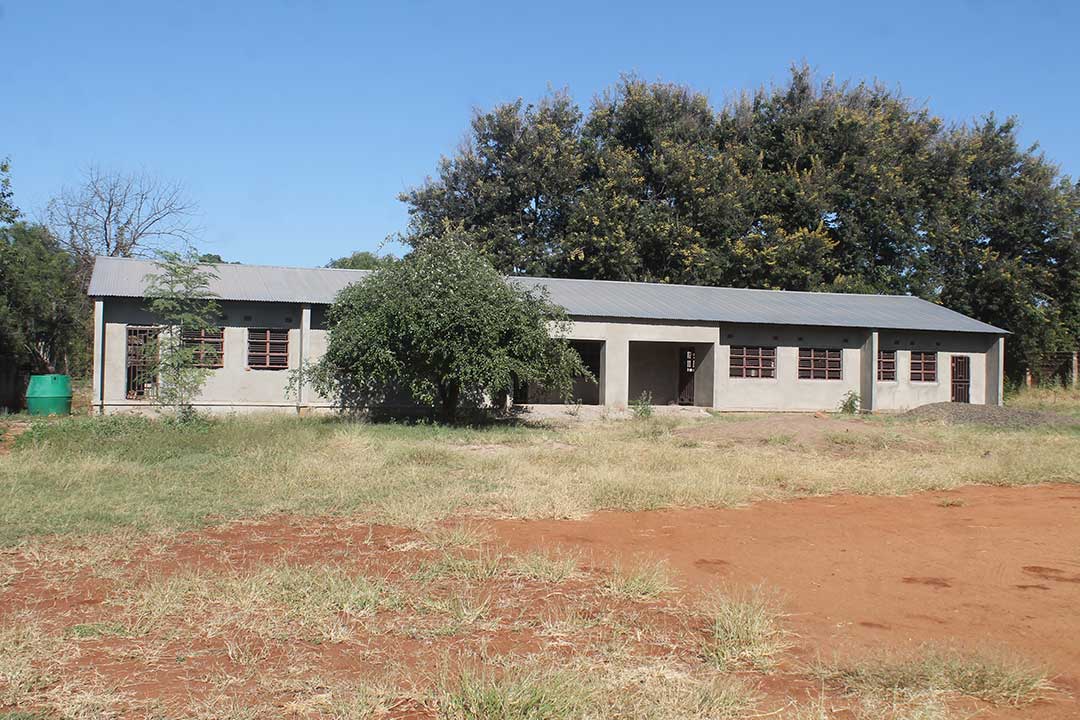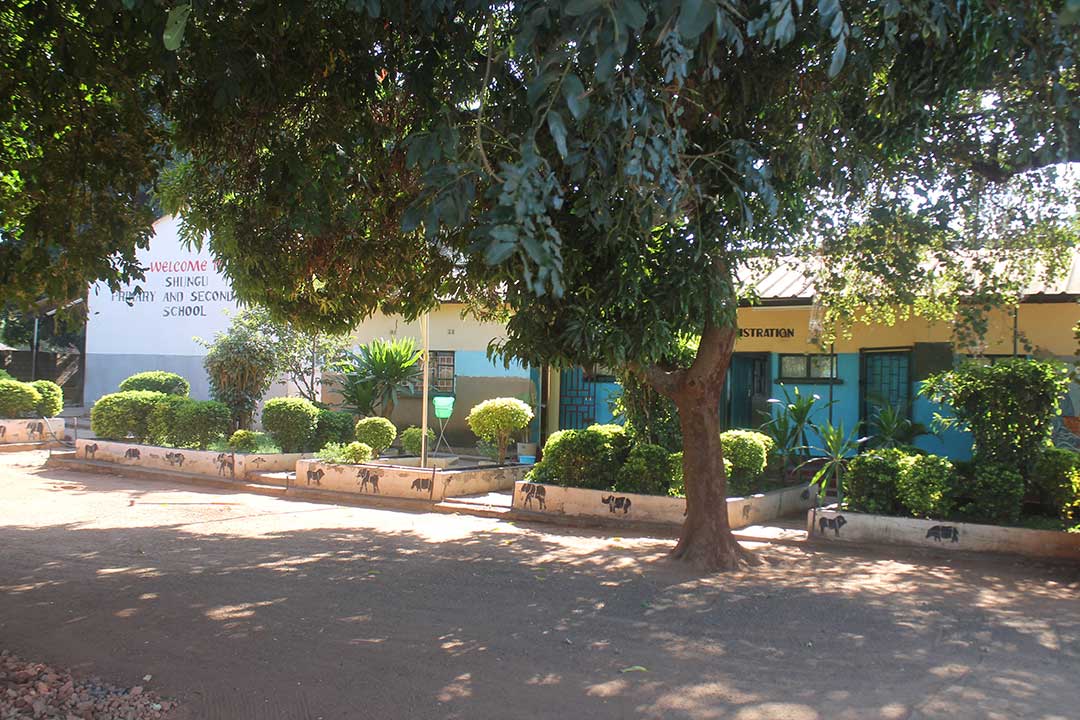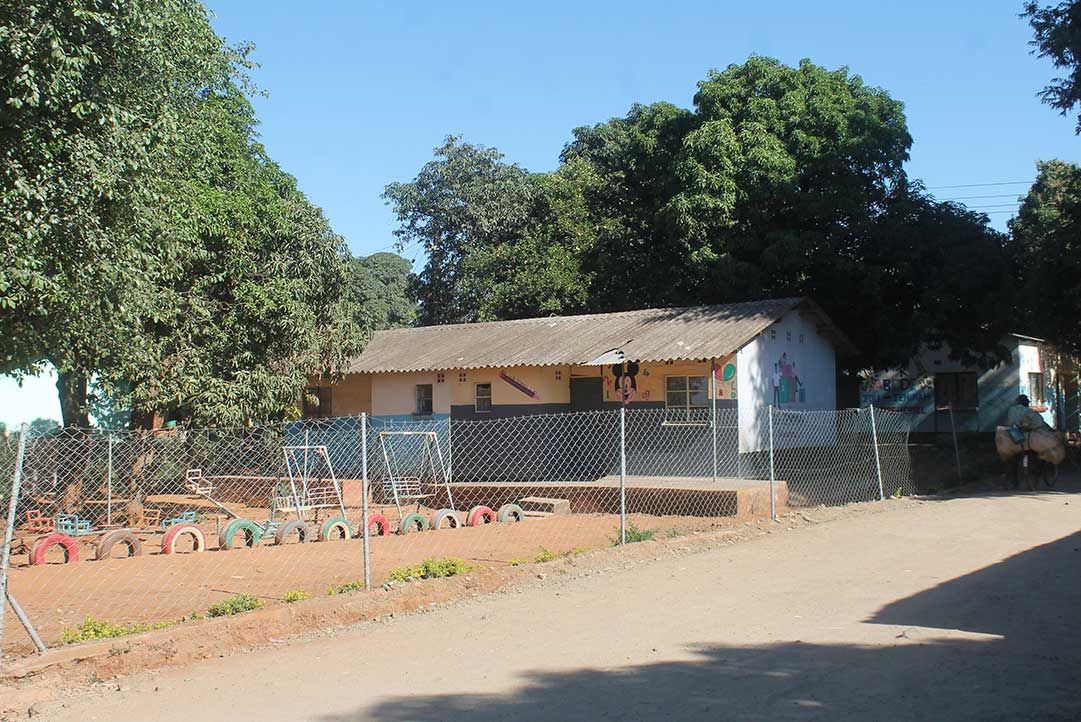1.3 Snapshot of Zambian settings Copy
Shungu Pre, Primary and Secondary School (Inclusive)
You can listen to the content of the page by using the audio controls.
Local area
Shungu Pre, Primary and Secondary School (Inclusive) is an inclusive school in Livingstone Town, Livingstone District. It is a Zonal centre. This means that the school is a zonal centre of excellence and there are nine neighbouring schools in Shungu’s zone.
The main economic activity in the urban area surrounding Shungu school is small-scale trading. This happens in the nearby Maramba market and some shops around the market. Despite the COVID-19 pandemic, the marketplace is still very busy, but the traders and marketeers are adhering to the safety guidelines on COVID-19.
This following photos show the area around the school.
Enrolment statistics
The school has recently enrolled 29 learners under ECE, 16 boys and 13 girls. The Primary section has enrolled a total of 584 learners, 277 boys and 307 girls. The school has a total of 49 teachers, 36 females and 13 males.
| Year | Boys | Girls | Total |
| 2015 | 0 | 4 | 4 |
| 2016 | 5 | 9 | 14 |
| 2017 | 21 | 25 | 46 |
| 2018 | 26 | 29 | 55 |
| 2019 | 33 | 31 | 64 |
| 2020 | 91 | 83 | 174 |
The large increases since 2015 are due to: a) overall increase in numbers of children as the school went from being just a primary school when the inclusive education pilot started, to being an early childhood education, primary and secondary school; b) the school is doing inclusive education outreach, with the school inclusion team and inclusive education co-ordinator collaborating with DPOs and other bodies.
Shungu’s involvement in inclusive education
Shungu School has been part of NAD-Zambia’s inclusive education programme since the beginning, in 2015. There has been a lot of awareness-raising in the community, which is very urban. Parents, the community, teachers and learners are all involved and at the centre of the whole inclusion process.
The photos below show what the school looks like:
Achievements
The list below illustrates some inclusion achievements since 2015:
- The classrooms are designed in such a way that learning can happen even when the teacher is not in class. There are ‘talking walls’ and the school has invested in learning and teaching aids.
- The teachers teach interactively where the learners do the learning on their own, to encourage a learner-centred type of learning.
- There are catch-up sessions for teachers who have missed some training.
- Individual Education Plans (IEPs) are created. Learners with challenges are identified and then assisted with their learning.
- The work will be self-sustaining because the school has adopted inclusive education which is also a government policy on education.
- Immediately you enter the gate you will have a sense of wanting to stay in the school for some time because of the green environment. The school has lots of space to walk around and a high wall to stop some of the noise coming in (especially helpful for learners disturbed by sound) and to prevent people from passing through the school.
- All the community can become involved in the school and in education.
- Inclusive education and special education complement each other. There is no conflict.
- The School Inclusion Team (SIT), Community Welfare Assistant Committee (CWAC) members, teachers, leaners and the entire community work together to identify out-of-school learners, to screen them and to bring all learners back to school.
- Children with SEN are brought to the school through the work of the SIT and the school inclusive education coordinator (IECo).
- Learner-to-learner interaction has changed because now they understand issues of disability and SEN and the need to include everyone.
- The attitudes of the teachers and the learners towards disability and inclusion has changed.
- The way the teachers are handling the learners has changed and they enjoy being at school.
Continued challenges and some solutions
- Over enrolment: because the community is made aware of inclusion, more children have enrolled. Some lessons had to be taught outside the school fence, but from 2019, the school has built more infrastructure to accommodate all learners.
- Some negative attitudes of teachers, learners and parents continue. This has been managed through capacity-building to help them understand inclusive education and that we should also have an inclusive community.
- Lack of financial resources for infrastructural development: the community came on board and provided raw materials.
- Environmental barriers. The school environment, pathways and steps, were not suitable for wheelchair users so ramps were built and paths flattened.
- Not all learners were present, participating and achieving so the school adopted the inclusive pedagogy by changing the sitting arrangement. Learners are grouped together and teaching methods are more inclusive so that no learner is left behind.
- Policy barriers are addressed using continuous professional development programme where the teachers discuss their challenges and discover if the barrier is an issue of policy misunderstanding, and a reinterpretation of the policy follows.
Conclusion
Many successes are based on the attitudinal change that has been witnessed over the past few years. The learners’ attitude towards disability and SEN has changed; it has improved. The teachers’ attitude towards disability and SEN issues has also changed; it is more positive. The levels of awareness of disability and SEN issues have increased. You can see this in the language change of learners, parents, the parents’ network, teachers, government ministries, child-to-child interactions from different social economic families, and those that have been re-integrated – all are supported. Furthermore, the learners who graduate donate their uniforms to the school, to be given to those pupils from vulnerable backgrounds who cannot afford to buy new uniforms.

